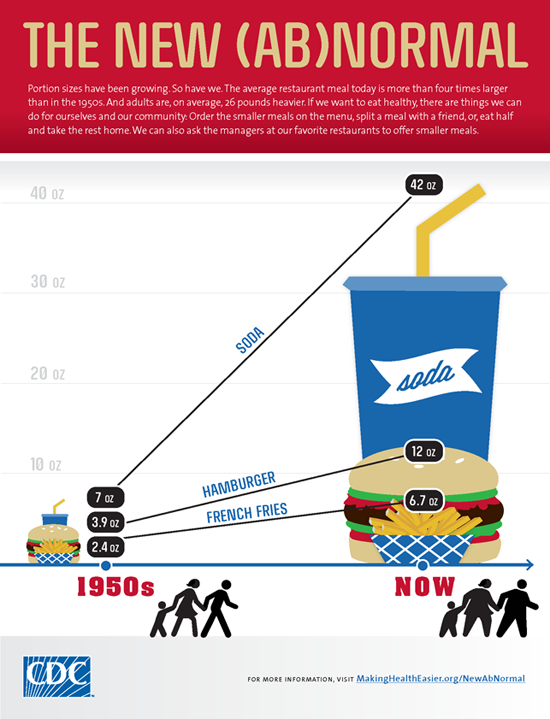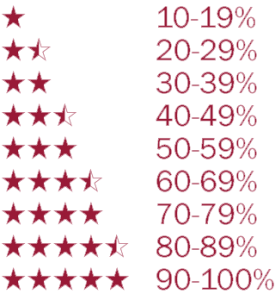Once again, I’m attempting to lose weight. It seems like I’m always trying to do that, but I suppose that will be the case until I finally get down to the weight I would like to be.
I bought a new scale. The old one, it seems, may have been broken. I weigh myself fairly often and noticed that I appeared stuck at 210 or there about. A little up, a little down, but not much. On a whim, I decided that I wanted a digital scale instead of the old non-digital one we had, plus it was only $12. Anyway, first time I step on – 217. My other scale had been lying to me. Oddly enough, the previous couple weeks I’d been doing the light eating again, so I suspect that I was at 220 or so. I’m down to 216 and trending downwards.
Trending… that’s another key this time around. I’ve got a Google Doc spreadsheet I’m using to track my weight. I’m weighing myself 3 times a day – morning, after work, before bed – and recording the lowest weight for the day (because it makes me feel better), but that weight is less important than the moving average. The average will give me a better picture of where my weight really is by smoothing out the fluctuations that occur from retaining water, the occasional big (heavy) meal, and more. Also, by adding “Science!” to my daily routine it feels more like a real project and not just “eat less, exercise more”.
Speaking of exercise, I have a 10k to run in under a month, so, you know, I should probably get to training a bit. The past year has been fairly shitty for me in regards to exercise and diet so I expect to do worse than I have in the previous two years. I did, however, download a Couch-to-5k program for the old Zune that I plan on beginning, maybe this weekend. Also, you know, Rule #1 of the Zombie Apocalypse: Cardio.
Another common element of my “I’m going to start a diet” plan is cutting out sodas, which I’m doing again. Consistently, I’m drinking less sodas now that I used to – there was a time where I was drinking a 6-pack of can sodas a day plus whatever I got out at meals. Now I drink mainly on the weekends and sometimes after hosting a party at our house I’ll have some left over hanging around, and I have little to no willpower, and I refuse to let things go to waste. Oddly enough, as I was thinking about cutting out sodas again, I ran across this wonderful little infographic.
It really makes me not want to eat fast food anymore. Or at the very least, order the smalls and from the value menus. It would help my ego if they stopped calling them “junior” or “kid’s” sizes, but I think I’m just going to have to get over it. I may also start ordering food from the kid’s menu at other restaurants or trying to split a meal with the wife or something. Portions are really out of control.
Also, the CDC has some really awesome stuff about diet. Which makes sense, now that over-eating and obesity are being considered diseases. You can start with the source of that infographic here.
Anyway… enough about me being fat. I return you to your regularly scheduled Friday.

